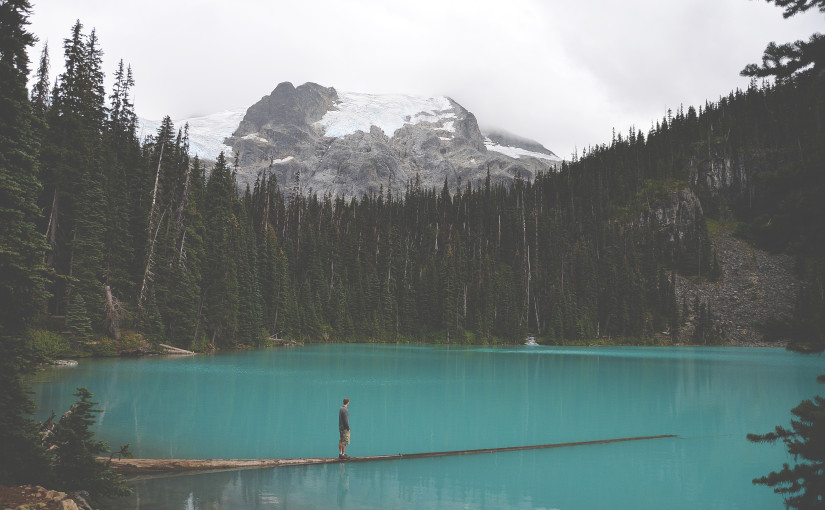But even across this seemingly limitless expanse, very little land is untouched by civilization. There are more than 4 million miles of public roads in the United States, according to the Bureau of Transportation Statistics, and that doesn’t count private roads, utility roads or off-road vehicle trails. Add to that 2.5 million miles of oil and natural gas pipelines and approximately 160,000 miles of high-voltage transmission lines, and you’ve got a landscape diced into bite-sized bits.
So the question here is, where can you really get away from it all? Away from the sounds of distant highways, from air pollution, light pollution, pollution pollution?
A good place to start looking is a 2005 map by the U.S. Geological Survey that depicts the average distance to the nearest road for every point in the contiguous states. (A point, in this case, is a 30-meter by 30-meter square.) Although the map is now nine years old, the dark green patches, signifying roadless areas, are still, for the most part, dark green.
Clustered mostly in the sparsely populated mountain ranges and deserts of the West, there are also a few patches further east where the land is inhospitable to development or protected by law: the bayous of southern Louisiana, the north of Minnesota, and the Adirondacks, for example.
Much of the dark green overlaps with federally designated wilderness, as defined by the Wilderness Act of 1964: “an area where the earth and its community of life are untrammeled by man, where man himself is a visitor who does not remain.”
There are currently more than 750 such areas in the National Wilderness Preservation System comprising over 109 million acres—roughly 5 percent of the United States by area.
Need a refresher from the other 95 percent? We picked 10 wild places in the lower 48 states that are truly wild. Not all are federally protected wilderness, but all are places where “man is a visitor”—you included.

